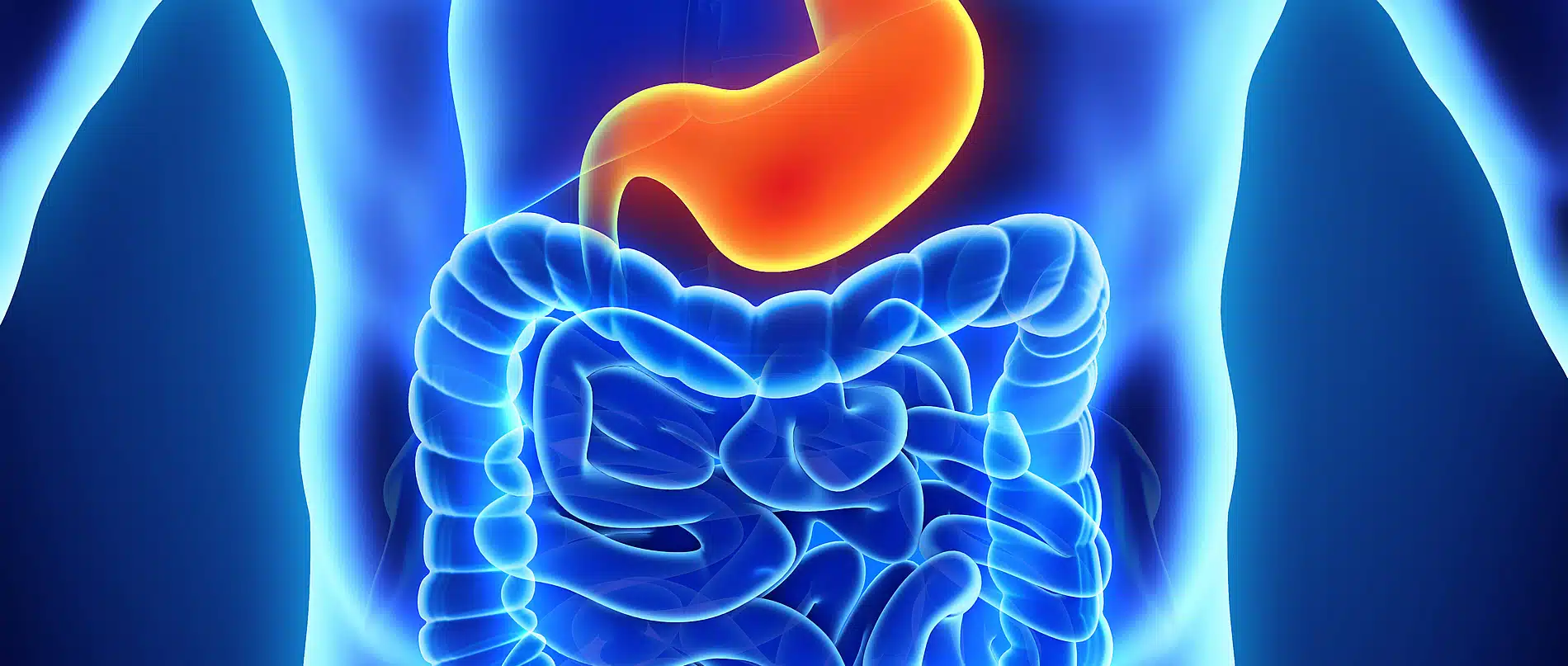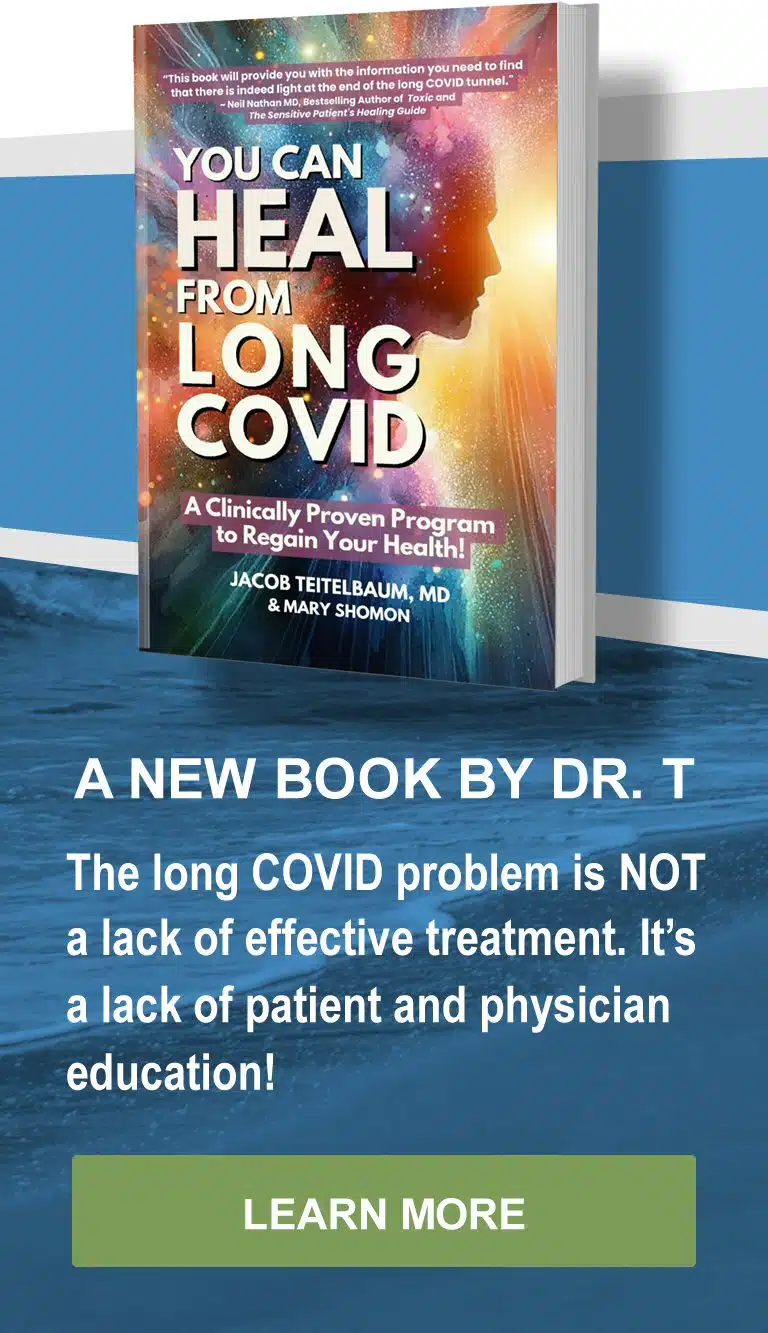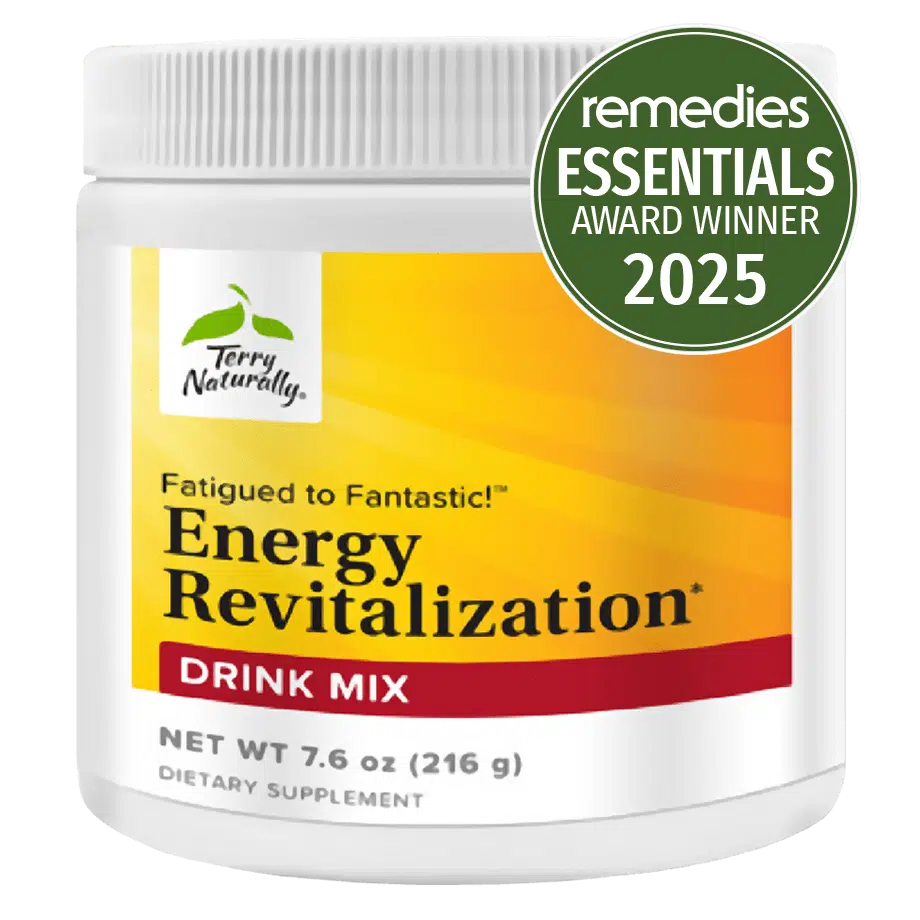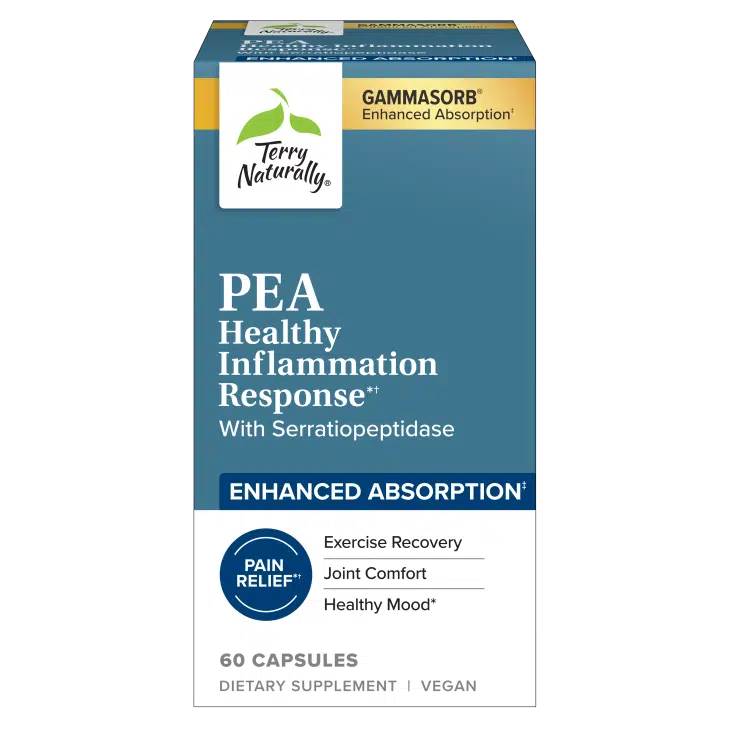Specific Health Topics
Stomach & Digestion
Natural Ways to Support Healthy Digestion

Let’s start our discussion down in the small and large intestine, and focus on optimizing the function of your lower digestive tract.
How can you pinpoint the source of your digestive upset? How can you tell if the problem is in your upper or your lower gastrointestinal (GI) tract?
If your symptoms are from your upper GI tract, they usually take the form of acid reflux, a burning sensation in your stomach (and/or solar plexus) and burping.
If they’re from your lower GI tract, your symptoms will more likely be gas, bloating, diarrhea and/or constipation. And the discomfort is felt lower down in your body — more near the belly button than the solar plexus.
But there’s one way lower and upper GI concerns are similar. They’re both easy to solve if you know what’s causing the problem — and we’ll discuss those problems, and their easy solutions, in this article.
Keys to Optimizing Lower Digestive Health
There are several keys to maintaining optimal lower digestive health. Most importantly are:
- Getting adequate water and fiber.
- Optimizing thyroid function.
- Optimizing healthy growth of the bugs that live in the colon.
Getting enough fiber largely means getting plenty of fruits and vegetables and whole grains. Getting adequate water means checking your mouth to see if it is dry or if you are frequently thirsty. And if you are, then you should drink!
In this article, my focus will be on optimizing a healthy balance of "good for you" bacteria and other organisms in the colon.
Yeast Overgrowth
A yeast (fungus) called candida albicans lives in your gut. That’s normal and not a problem — until there’s too much of it, which then becomes a condition called "yeast overgrowth."
When there is an overgrowth of billions of unnecessary yeast, your gut turns into a churning fermentation tank. (Yeast, remember, is the organism that ferments beer and wine.) Needless to say, they generate plenty of excess gas and the bloating that goes along with it. They also play havoc with the production of normal stool, while pumping out toxins, weakening the immune system and generally causing problems. (One little-known sign of yeast overgrowth: chronic nasal congestion and sinus issues.)
Yeast overgrowth is typically triggered by one or more of the following factors:
- Taking antibiotics. They kill the friendly bacteria in the gut that keep candida in check.
- Taking high-dose anti-inflammatory corticosteroids, like prednisone, which suppress immune function.
- Eating a high-sugar diet. Sugar is yeast’s favorite food.
Gut Infections
There are literally trillions of bacteria in your gut — so many that they outnumber the rest of the cells in your entire body! Once upon a time (basically, before the 20th century) people had a healthy balance of gut bacteria, with good bacteria keeping the bad guys in check.
But a diet loaded with sugar and other refined carbohydrates (antibiotic overuse) and too little bacteria-slaying stomach acid (from the overuse of acid-blocking drugs like Nexium) have allowed bad bacteria to run amok. The result? A condition called dysbiosis.
Dysbiosis is a condition in which bad bacteria overrun your intestines and produce the uncomfortable conditions that you experience as gas, bloating, diarrhea and constipation.
This flood of bad bacteria also damages the lining of the intestinal tract, leading to "leaky gut syndrome," where excessively permeable intestinal walls allow partially digested food proteins to enter the bloodstream. Those proteins can then trigger food sensitivities and food allergies, adding another set of ills.
Easy Solutions
Avoid Candida Overgrowth
There are many herbal formulas that help to this, such as my favorite, Anti-Y from NutriElements.
Cut Back on (or Eliminate) Sugar
Don’t feed the yeast beast! For great tips on getting sugar out of your diet, check out my book Beat Sugar Addiction NOW! Here are a couple of ideas:
Use non-sugar sweeteners: For a healthy sugar substitute, use stevia, made from the leaves of a sweet-tasting herb. I like two brands best: Body Ecology and SweetLeaf. Don’t be afraid of saccharine (Sweet’N Low), an artificial sweetener that has a long record of safety. But stay away from aspartame, as some people experience severe reactions to it.
Try new sugar-free drinks: VitaminWater and Sobe (made by Coke and Pepsi, respectively) now have stevia-sweetened, sugar-free selections — and no poison. (I read their ingredient lists, looking for poison, and was amazed and pleased not to find any.)
Talk to Your Doctor About Diflucan (Flucanazole), an Anti-Yeast Medication
This safe medication can help restore a healthy balance of gut bacteria and yeast.
Optimize Thyroid Function
Optimizing thyroid function is key to optimizing digestion.
Take a Probiotic
A probiotic supplement provides a daily dose of friendly gut bacteria, repopulating your intestines with the good guys. I recommend taking your probiotic in "pearl" form, because these encapsuled pearls are like tiny tanks that carry the bacteria safely past the stomach acid into the small intestines, where the outer coating dissolves and the bacteria are released. If your probiotic is not in a pearl form, 99.9% of the friendly bacteria end up as collateral damage in the stomach. My favorite brand is Pearls Elite™.
Upper Digestion: I Can't Believe I Ate the Whole Thing!
Stomach got you down? We all love food. But sometimes food doesn't love us! Instead of feeling satisfied after a meal, you feel digestive distress, with symptoms like burning and belching. Maybe you suffer that kind of digestive discomfort every day. Or maybe it's just once in awhile. But it's never fun! And it's not natural.
Mother Nature designed your digestive tract to do its job, effortlessly, efficiently and pleasantly! (Did you ever see a cat or dog salivating over an antacid? They rarely suffer tummy troubles. And if they do, they just take a nap.)
Well, I have good news for when your stomach has the feeling, as they used to say in the old Alka Seltzer commercial, "I can't believe I ate the whole thing!" So if you feel like you ate a whole cow, when you just had a hamburger, read this article to learn three easy steps you can take to have optimal, healthy digestion.
Chew Slowly
The best type of chewing for optimal digestion is s-l-o-w, thorough chewing. When you chew slowly, you break down the food, and put your salivary enzymes to work, making the food much easier to digest. Yes, healthy, comfortable digestion can really be that simple!
Side Benefit: Weight Loss!
Chewing slowly and thoroughly not only helps you digest better. It can also help you lose weight. That's because it takes 20 to 30 minutes for "satiety signals" from your stomach to reach your brain with the message: "Hey, you're full — time to stop eating!" If you chew haphazardly, you can eat a lot of food before your brain realizes you're full. If you chew slowly, you brain gets the "full" message long before you inadvertently stuff yourself. And so you eat less.
A study of nearly 9,000 adults, published in the May 25, 2012 issue of Nutrition, Metabolism & Cardiovascular Diseases, found that people who ate slowly weighed less — and also had lower blood pressure, healthier blood sugar levels, and higher good HDL cholesterol. "Eating slowly is recommended for weight reduction," concluded the researchers.
Take Plant-Based Digestive Enzymes
Healthy digestion depends on the enzymes in your food — the feisty biochemicals that ripen fruits and vegetables before they reach your dinner table. But food manufacturers typically don't like those enzymes, because they can shorten a food's shelf life and ruin its "cosmetic appearance." So they usually remove them. That might make the food last longer on the shelf and look prettier, but it also makes the food tougher to digest!
If you have occassional digestive difficulties, consider taking a supplement of plant-based enzymes with every meal. (I find animal-based enzymes don't work nearly as well). An excellent one is CompleteGest®.
Also, enjoy iced drinks between, not during meals. Digestive enzymes need a temperature of 98.6º to function optimally. Drinks at refrigerator temperature are okay, as you'll read more about in a moment. Take a tip from the Chinese and have some hot tea with heavy meals instead.
You Heard It Here First
I predict that in the next 20 years food processors will create technology that puts the enzymes they took out of food back into the food when you open a can or other food container. So that "pop top" may not only open the lid, but may also pop digestion supporting enzymes into the food!
Boost Your Stomach Acid
The "parietal cells" lining your stomach generate the acid that digests food. But several factors can muck up the works, and decrease the production of healthy stomach acid, including aging. To add insult to injury, proton pump inhibitors (PPIs) like Nexium and Priolosec (the third bestselling class of drugs in the U.S.) shut down parietal cells and stomach acid production completely.
But you might ask: What's the problem with squelching stomach acid? Isn't too much acid the cause of heartburn and other digestive discomforts?
Surprisingly, no. The real cause of most post-meal digestive upset isn't too much stomach acid. It's too little!
This lack of acid causes food to sit in your stomach like a lump until acid "reflux" comes back up your esophagus — burning the pipe's lining and triggering belching. If you can tell what you ate more than an hour ago while belching, the likely cause is too little stomach acid.
Easy Ways to Boost Stomach Acid
1. Take two betaine hydrochloride tablets with each meal.
Betaine Hydrochloride tablets can deliver a healthful dose of hydrochloric acid to your stomach, the same type of acid your stomach produces. If you feel better after taking this supplement, it's likely your stomach acid is low — and it's advisable to include this pre-meal supplement as part of your health routine for optimal digestion. Betaine hydrochloride is available in most health food stores.
Red flag: TUMS (and most other chewable antacids) are a bad idea because they're loaded with plain calcium, and supplemental plain calcium has been linked to a 31% increased risk of heart attack.
2. Make a salad dressing with vinegar.
Vinegar supplies more acid for digestion. Best: I think a great tasting rice vinegar for salads is Marukan seasoned gourmet rice vinegar. Don't worry about the small amount of sugar in it. Meanwhile, want the best balsamic vinegar in the world? I heartily recommend the traditional 18 year balsamic vinegar from Oliver's (visit Oliver’s website or call them at 949-497-6917). A simple apple cider vinegar and olive oil dressing can also be delicious.
3. Drink 6 to 8 ounces of diet cola with heavy meals.
Diet cola contains phosphoric acid, which has the same acidity (pH) as hydrochloric acid. I recommend Zevia, a stevia-sweetened brand of diet cola (and other sodas) that you can find in health food stores. But for most people even a bit of diet Coke or diet Pepsi will work fine. It's okay to have it refrigerator cold instead of over ice.
Also Helpful
Below are a couple more easy-to-do tips that can help your digestion, leaving you and your stomach much happier.
- The supplement Gut Soothe (by EuroPharma) contains probiotics and DGL licorice, both of which can help promote a happy healthy stomach. Give it a month to see the full effect.
- If your stomach continues to remind you that it's there, consider Advanced Heartburn Rescue (also by EuroPharma in the Terry Naturally line), which contains limonene from orange peels. This will help you maintain a healthy level of bacteria in your stomach.




